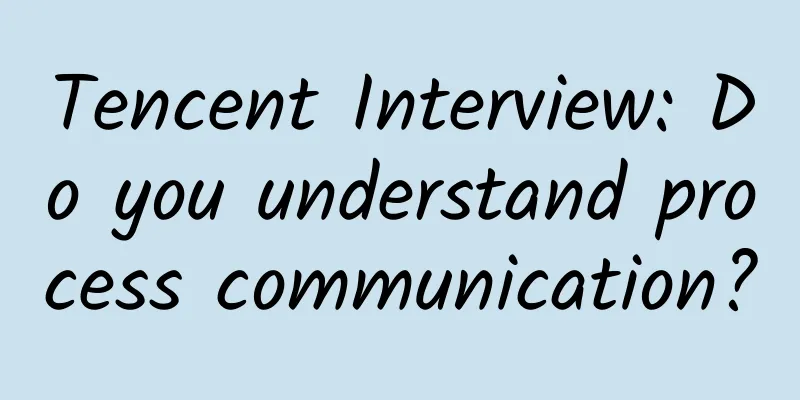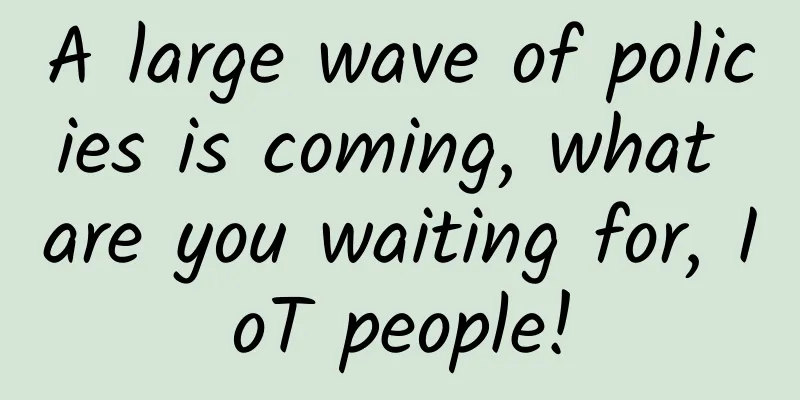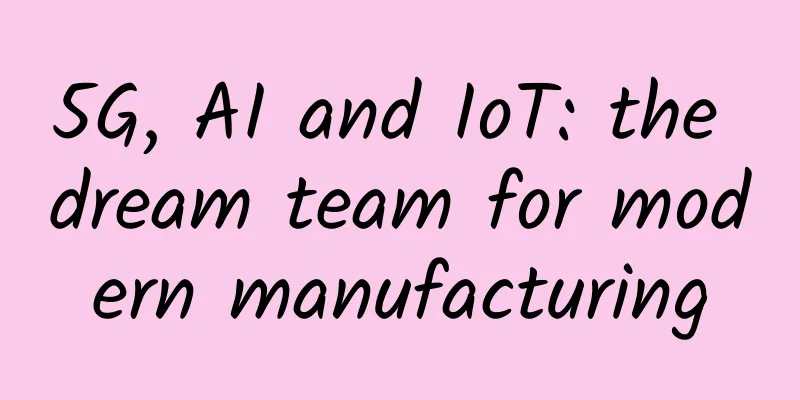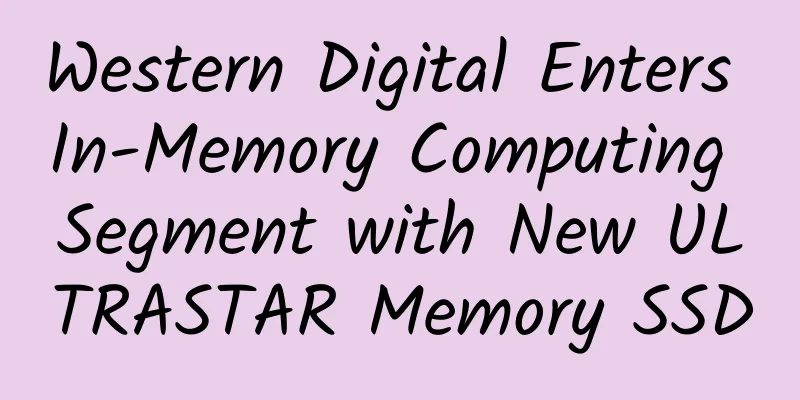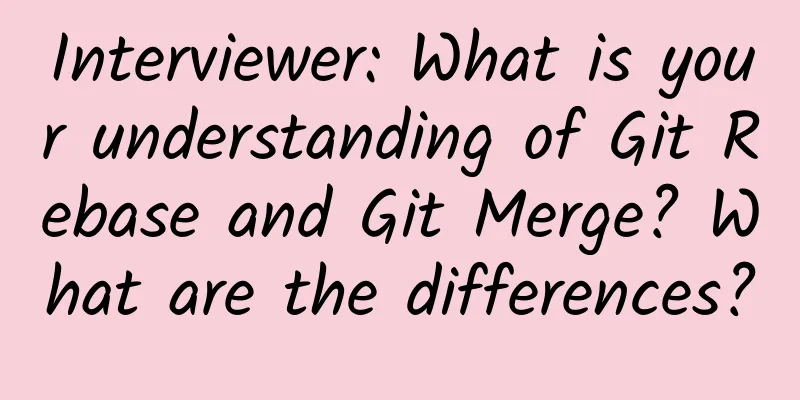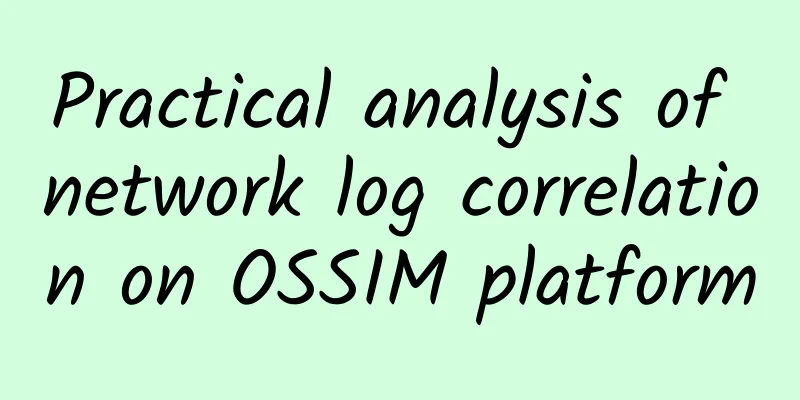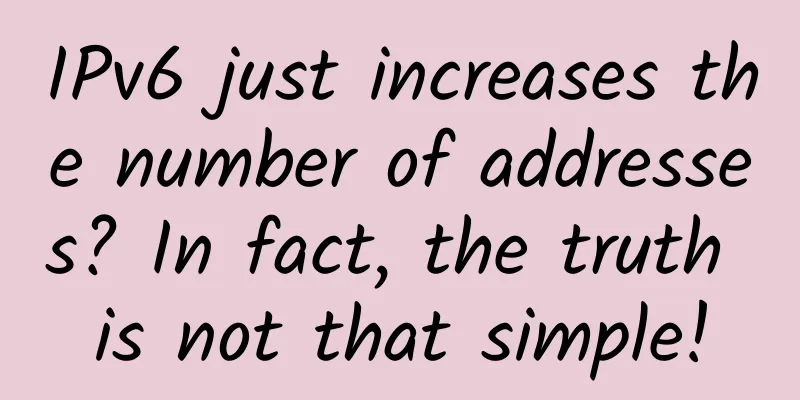Detailed explanation of the "three-way handshake" and "four-way wave" of TCP connection
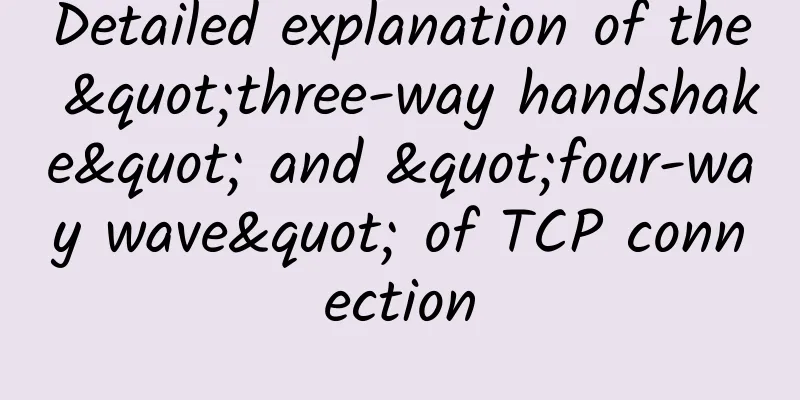
|
1. TCP connection In the process of sending and returning data between the client and the server, something called a TCP connection needs to be created; Since TCP does not have the concept of connection, there are only requests and responses. Both requests and responses are data packets. They are connected through a connection-like channel created by TCP, which is initiated by the client and received by the server. This connection can be maintained all the time, and the http request is sent based on this connection. Multiple http requests can be sent on one TCP connection, and the mode is different for different versions. In HTTP/1.0, the TCP connection is created synchronously when the http request is created. The http request is sent to the server, and after the server responds, the TCP connection is closed. HTTP/1.1 can declare that the connection is always maintained in some way, and after one request is transmitted, another request can be transmitted. The advantage of this is that the process of creating a TCP connection requires the consumption of a "three-way handshake", which means three network transmissions. If the TCP connection is maintained, the second request will not incur the "three-way handshake" overhead. In HTTP/2, HTTP requests can be transmitted concurrently in the same TCP connection. 2. Introduction to TCP message format The more important fields are: (1) Sequence number: Sequence number, occupies 32 bits, is used to identify the byte stream sent from the TCP source to the destination. The initiator marks this when sending data. (2) Acknowledgement number: Ack sequence number, occupies 32 bits. The acknowledgment sequence number field is valid only when the ACK flag is 1, Ack=Seq+1. (3) Flags: There are 6 flags in total, namely URG, ACK, PSH, RST, SYN, FIN, etc. The specific meanings are as follows:
It should be noted that:
3. TCP's Three-Way Handshake 1. Detailed explanation of the "Three-Way Handshake" The so-called three-way handshake is the establishment of a TCP connection. This connection must be actively opened by one party and passively opened by the other party. The following is an illustration of a client actively initiating a connection: The client that actively opened the connection before the handshake ends the CLOSED phase, and the server that passively opened the connection also ends the CLOSED phase and enters the LISTEN phase. Then the "three-way handshake" begins: (1) First, the client sends a TCP message to the server, where:
(2) After the server receives the TCP message from the client, it ends the LISTEN phase and returns a TCP message, which includes:
(3) After the client receives the TCP message from the server confirming the receipt of the data, it is clear that the data transmission from the client to the server is normal, and the SYN-SENT phase ends. The last TCP message is returned. Among them:
This is the "three-way handshake" process. 2. The dynamic process of the "three-way handshake" 3. Popular understanding of the “three-way handshake” For example, compare the client to a boy and the server to a girl. Use their interaction to illustrate the "three-way handshake" process: (1) The boy liked the girl, so he wrote a letter to her, telling her: I love you, please go out with me! After writing the letter, the boy waited anxiously because he didn’t know whether the letter could be successfully delivered to the girl. (2) After receiving the boy's love letter, the girl was overjoyed. It turned out that they were in love with each other! So she wrote a letter to the boy: I received your love letter and I understand your feelings. In fact, I like you too! I am willing to date you!; After writing the letter, the girl waited anxiously because she didn't know whether the reply could be successfully conveyed to the boy. (3) The boy was very happy after receiving the reply, because the girl had received the love letter he had sent, and from the reply he knew that the girl liked him and was willing to date him. Then the boy wrote another letter to the girl, saying: I have received your thoughts and letter, thank you, and I love you! After the girl received the boy's reply, she was also very happy because the boy received the love letter she sent. Thus, both the boy and the girl knew each other's feelings, and then they communicated happily~~ This is the popular version of the "three-way handshake", during which a total of three letters are exchanged, which is the "three-way handshake" to confirm whether the data transmission channels in both directions are normal. 4. Why do we need a third handshake? This is to prevent the server from opening some useless connections to increase server overhead and to prevent invalid connection request segments from being suddenly transmitted to the server, thus causing errors. Since network transmission has delays (it has to pass through network optical fibers and various intermediate proxy servers), during the transmission process, for example, the client initiates a SYN=1 request to create a connection (the first handshake). If the server directly creates this connection and returns a data packet containing SYN, ACK, and Seq to the client, this data packet is lost due to network transmission reasons. After the loss, the client has not received the data packet returned by the server. The client may set a timeout, and close the connection creation request when the time expires. If the client re-issues the connection creation request, the server will not know about it. If there is no third handshake to tell the server that the client can receive the data transmitted by the server, The server does not know whether the client has received the information returned by the server. This process can be understood as: In this way, there is no request to create or close the connection port on the server side, and the server side port is always open. When the client reissues a request due to timeout, the server will reopen a port connection. Then the previous port on the server side that did not receive the request data will be always open. In the long run, there will be too many such ports, which will cause serious waste of server-side overhead. Another situation is that the request information sent by an invalid client is transmitted to the server for some reason. The server thinks it is a valid request sent by the client and an error occurs after receiving it. Therefore, we need the "third handshake" to confirm this process, so that the client and server can promptly detect the failure of connection creation due to network problems, so that the server port can be closed without waiting. It can also be understood in this way: the "third handshake" is the client sending data to the server. This data is to tell the server whether the client has received the data sent by the server during the "second handshake". If the data sent is "received" information, the server will establish a TCP connection normally after receiving it. Otherwise, the TCP connection fails to be established and the server closes the connection port. This reduces server overhead and errors caused by receiving invalid requests. 5. Packet capture verification The following are some data packets captured by the packet capture tool, which can be used to analyze the TCP three-way handshake: The figure shows the "three-way handshake" process of a complete TCP connection. In 52528 -> 80, 52528 is the local (client) port and 80 is the server port. The three round trips between port 80 and port 52528 are the "three-way handshake" process.
This completes the "three-way handshake" process, which is consistent with the results of the previous analysis. 4. TCP's Four-Way Wavehand 1. Introduction We are all familiar with the "three-way handshake" because it is relatively simple, but we don't often hear about the "four-way handshake", and even if we have heard of it, we may not be able to explain its specific process in detail. Below we will give you a detailed, intuitive and complete introduction to the "four waves" process. 2. Detailed explanation of “Four Waves” The so-called four waves are the release (release) of the TCP connection. The release of the connection must be actively released by one party and passively released by the other party. The following is an illustration of the client actively initiating the release of the connection: The client that actively releases the connection before waving ends the ESTABLISHED phase. Then the "four wavings" begin: (1) First, the client wants to release the connection and sends a TCP message to the server, where:
Note: What is not sent here is the data transmitted during the normal connection (non-confirmation message), not all data, so the client can still send an ACK confirmation message. (2) After receiving the TCP message from the client, the server confirms that the client wants to release the connection. Then the server ends the ESTABLISHED phase, enters the CLOSE-WAIT phase (semi-closed state) and returns a TCP message, in which:
After the client receives the TCP message sent from the server, it confirms that the server has received the release connection request sent by the client. Then the client ends the FIN-WAIT-1 phase and enters the FIN-WAIT-2 phase. The first two "waves" let the server know that the client wants to release the connection, and also let the client know that the server understands its request to release the connection. Therefore, it can be confirmed that the connection from the client to the server is closed. (3) After the server sends the ACK message, it goes through the CLOSED-WAIT phase and is ready to release the connection from the server to the client. It sends another TCP message to the client, in which:
The server then ends the CLOSE-WAIT phase and enters the LAST-ACK phase, and stops sending data from the server to the client, but the server can still receive data transmitted from the client. (4) The client receives the TCP message sent from the server, confirming that the server is ready to release the connection, ends the FIN-WAIT-2 phase, enters the TIME-WAIT phase, and sends a message to the server, including:
Why does the client have to wait for 2MSL? See below. After the server receives the TCP message sent from the client, it ends the LAST-ACK phase and enters the CLOSED phase, thus formally confirming the closure of the connection from the server to the client. After the client waits for 2MSL, the TIME-WAIT phase ends and enters the CLOSED phase, thus completing the "four waves". The last two waves let the client know that the server is ready to release the connection, and the server also knows that the client knows that it is ready to release the connection. Therefore, it can be confirmed that the connection from the server to the client is closed, thus completing the "four waves". Like the "three waves", in the TCP messages transmitted between the client and the server, the values of the confirmation number Ack and sequence number Seq of both parties are calculated based on each other's Ack and Seq values. This ensures the continuity of TCP message transmission. Once the TCP message sent by one party is lost, it will not be able to continue "waving", thus ensuring the smooth completion of the "four waves". 3. Popular understanding of “four waves” For example, compare the client to a boy and the server to a girl, and use their breakup to illustrate the "four waves" process.
Both sides have their own insistence here.
If both parties can receive the letters normally, it only takes at least four letters to completely break up! This is called "four waves". 4. Why does a “handshake” take three times, but a “wave” takes four times? The reason why TCP only needs a "three-way handshake" to establish a connection is that in the second "handshake" process, the TCP message sent by the server to the client uses SYN and ACK as flags. SYN is the connection request flag, indicating that the server agrees to establish a connection; ACK is an acknowledgment message, indicating that the server has received its request message. That is, the SYN message establishing the connection and the ACK message confirming the receipt are transmitted in the same "handshake", so the "three-way handshake" is neither too many nor too few, just enough for both parties to clearly communicate each other's information. The reason why TCP needs to "wave hands four times" when releasing a connection is that the FIN connection release message and the ACK confirmation message are transmitted by the second and third "handshakes" respectively. Why are they transmitted together when establishing a connection, but transmitted separately when releasing a connection?
So it's "three handshakes" and "four waves". 5. Why does the client have to wait for 2MSL in the TIME-WAIT phase? In order to confirm whether the server has received the ACK confirmation message sent by the client When the client sends the last ACK message, it cannot be sure that the server can receive the message. Therefore, after sending the ACK message, the client will set a timer of 2MSL. MSL refers to Maximum Segment Lifetime: the maximum life cycle of a TCP message during transmission. 2MSL is the maximum length of time that the FIN message sent by the server and the ACK message sent by the client can remain valid. If the server does not receive the ACK message from the client within 1MSL, it will send a FIN message to the client again.
Therefore, the client has to go through the TIME-WAIT phase of 2SML; this is why the client enters the CLOSED phase later than the server. 6. Packet capture verification The figure shows the "four-wave" process of releasing a complete TCP connection. In 80 -> 55389, assuming that 80 is the local (client) port and 55389 is the server port. The four round trips between port 80 and 55389 are the "four-wave" process.
Note: The ACK in the "third handshake" here does not mean the ACK message indicating confirmation.
The Seq value in the next "wave" transmission message is equal to the Ack value in the previous "handshake" transmission message; The acknowledgment number Ack value in the next "wave" transmission message is equal to the sequence number Seq value in the previous "handshake" transmission message; Therefore, this is a continuous "four-wave" process, which is consistent with the previous analysis. |
<<: 50% of CIO panel members predict that 5G will drive the development of the Internet of Things
>>: G Suite vs. Office 365: Which is the right productivity suite for your business?
Recommend
Singapore to shut down 3G and reallocate spectrum for 5G
Singapore will shut down its 3G network in July n...
In the 5G era, Ruijie Networks' all-dimensional evolution of carrier data center capabilities
After the 5G commercial license was issued, the M...
Understand the Internet Security Protocol IPSec in 5 minutes
There are thousands of networks, but security is ...
Free VPS, Free VPS Merchants with $50-100, Free Trial VPS
The tribe mainly shares cheap VPS hosts. Although...
The potential of smart education continues to be released, and 5G brings three major boosts
Education is the foundation of a century-long pla...
LTE vs. 5G: What’s the difference?
For years, it seemed like the hype about 5G would...
What are the Bluetooth versions? A brief discussion on Bluetooth 5.0 and its difference from Wifi
Wireless networks are widely used, and short-rang...
Static routing or dynamic routing, an example to make it clear!
What is routing? Routing refers to the path that ...
What is the significance of “number portability”?
For domestic users, "number portability"...
To ensure the healthy development of 5G, we must start with the standardization of business data release
On the eve of the Spring Festival, the Ministry o...
10gbiz: 35% off on all VPS hosts, Hong Kong CN2 GIA/Los Angeles CN2 GIA line monthly payment starts from $2.4
10gbiz has launched a promotion this month, offer...
How does DH+ compare to Ethernet?
When it comes to industrial communication protoco...
New breakthrough! WiFi 7 is coming soon…
On February 15 , Qualcomm's official website ...
Is 5G really useless?
Is 5G really useless? Indeed, the 5G network we a...
The share of 5G phones in the U.S. has tripled, but it still lags far behind China
The analyst firm noted that 5G smartphones accoun...
